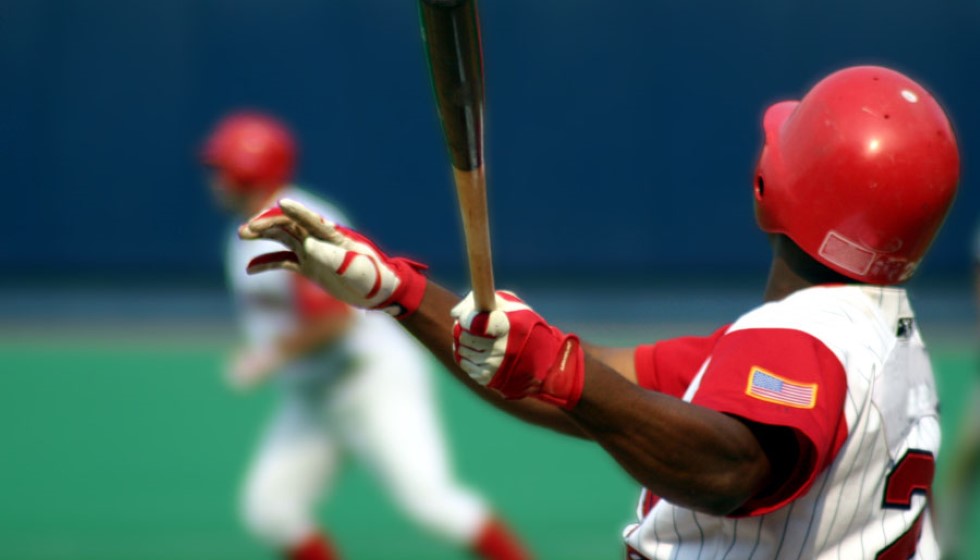
Chicago Cubs: Assessing the Present and Future
As the Chicago Cubs gear up for another season, the trajectory of the team offers a mixture of stability, cautious ambition, and strategic foresight. After closing the 2021 season with a 71-91 record, the Cubs embraced a transformative phase under the stewardship of president Jed Hoyer who executed a strategic sell-off. The overhaul was intended to set a strong foundation for future success, and the subsequent back-to-back 83-win seasons suggest incremental progress.
The Cubs' current roster reflects a sense of continuity, with every position-player starter secured under contract for the 2024 season. This stability speaks to a front office focused on fostering team cohesion and minimizing offseason disruptions. Reinforcing this continuity is Cody Bellinger's decision to exercise his player option, ensuring that one of the roster’s key figures remains with the team.
With a deep farm system, the Cubs have the flexibility to explore trades and further bolster their lineup. Nico Hoerner, Ian Happ, and Jameson Taillon emerge as potential trading chips, offering the team valuable assets for negotiations. Potential trade targets include the likes of Max Fried, Logan Gilbert, George Kirby, Nathan Eovaldi, and Walker Buehler—names that could significantly enhance the Cubs' prospects.
Interest in international talent is also on the radar, with Roki Sasaki attracting attention from MLB teams, including the Cubs. This reflects the Cubs' ongoing commitment to identifying and acquiring elite talent worldwide, adding another layer to their strategic planning.
Batting and Rotation: A Balanced Approach
Offensively, the Cubs' performance last season was respectable yet marked by specific areas in need of improvement. Ranking 12th in runs and 10th in on-base percentage, there remains a foundation of batting competency. However, the power department leaves room for growth. No player exceeded 25 home runs, contributing to a 21st overall rank in home runs—a clear signal that the team requires more slugging prowess to compete at the highest level.
The pitching rotation, however, provides a different narrative. Ranking sixth in ERA and 12th in innings pitched, the Cubs’ rotation has established itself as a formidable force within the league. The team's ability to maintain a competitive ERA is encouraging and highlights an area of strength around which they can build.
Dansby Swanson emerged as a standout performer last season, leading the team with a 4.0 WAR. His contributions have been pivotal in maintaining competitive viability, reflecting the value of his consistent and all-around gameplay.
Strategic Outlook and Free Agency Considerations
The Cubs, aware of their strategic goals and resource allocations, appear unlikely to make significant splashes in the free-agent market for marquee names like Juan Soto or Corbin Burnes. Instead, they are more inclined to pursue judiciously targeted acquisitions that complement their existing roster structure. Despite this restrained approach, several intriguing free-agent options are on the table, including Travis d'Arnaud, who could offer depth behind the plate as a bridge to prospect Moises Ballesteros’s eventual ascension.
Although the Cubs are not losing much to free agency this offseason, they are conscious of their limitations and opportunities. Anthony Santander's status as a free agent, alongside Rafael Devers being an unlikely acquisition, underscores the competitive nature of the market and the financial calculus involved in top-tier talent negotiations.
The Chicago Cubs are navigating a path marked by strategic consolidation and calculated risks. As they continue to build on their core strengths and address their shortcomings, the 2024 season promises to be one defined by efforts to convert potential energy into tangible success. In doing so, the Cubs remain committed to their long-term vision while remaining attuned to the ever-evolving dynamics of Major League Baseball.